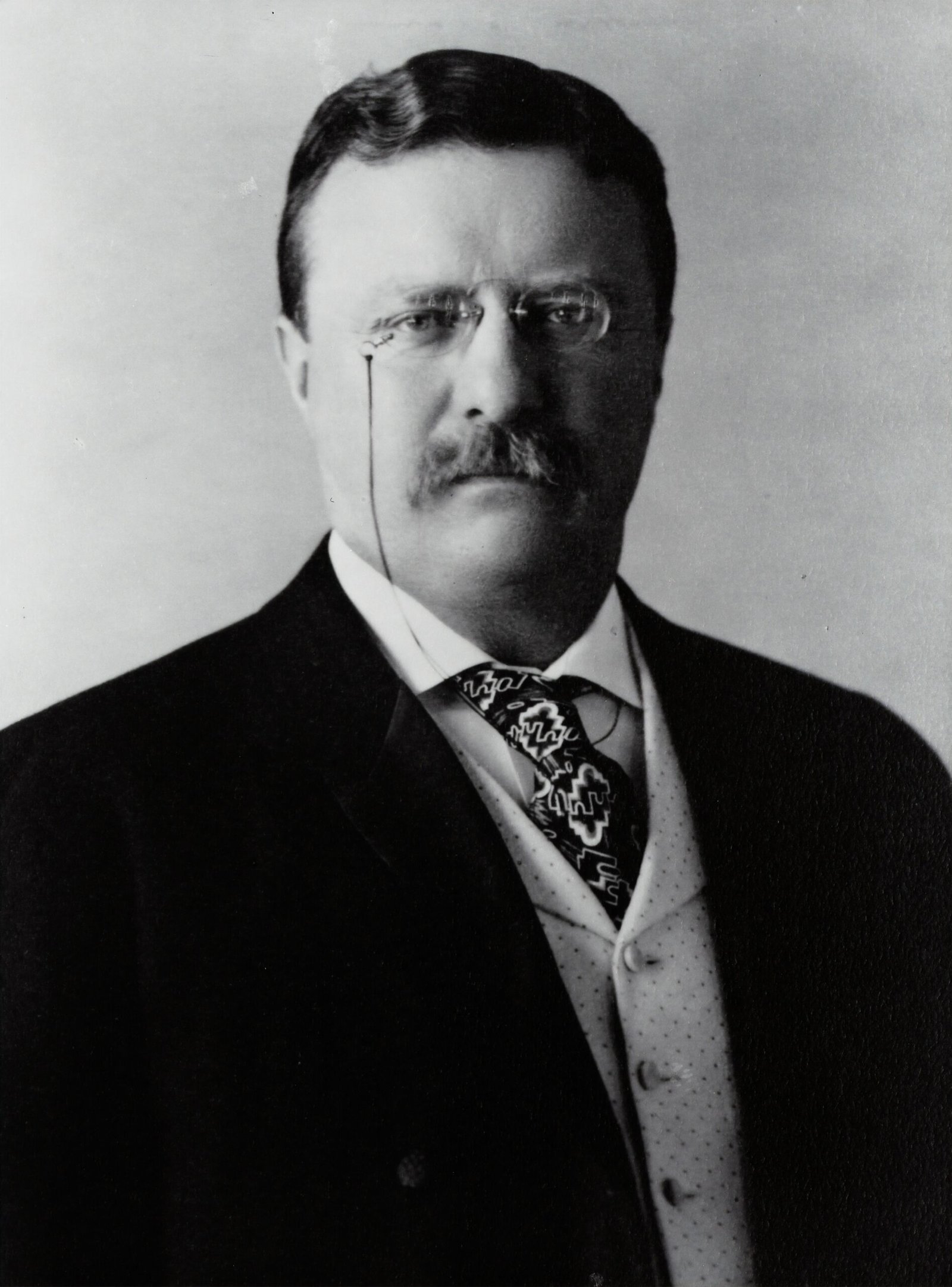On November 9, 1906, Theodore Roosevelt made history by becoming the first sitting U.S. president to travel abroad. His destination was Panama, a country in Central America that was then under construction of the Panama Canal. This trip not only highlighted the strategic importance of the canal but also showcased the United States as an emerging global power.
The Panama Canal was a monumental engineering project that aimed to connect the Atlantic and Pacific Oceans. It was a feat of human ingenuity and ambition, and its completion would greatly benefit global trade and transportation. As the president of the United States, Roosevelt recognized the significance of the canal and its potential impact on American interests.
Roosevelt’s decision to visit Panama was not only a symbolic gesture but also a strategic move. He wanted to demonstrate American support for the construction of the canal and ensure its successful completion. By visiting the site, Roosevelt showed his commitment to the project and boosted the morale of the workers involved.
During his trip, Roosevelt inspected the progress of the canal and met with various officials and workers. He witnessed firsthand the challenging conditions under which the canal was being built, including the harsh tropical climate and the prevalence of diseases like malaria and yellow fever.
Roosevelt’s visit to Panama also had political implications. At the time, the United States had a significant stake in the region, both economically and politically. The construction of the canal was seen as a strategic move to strengthen American influence in the Western Hemisphere and secure access to key trade routes.
The trip was not without controversy. Roosevelt’s decision to travel abroad as a sitting president was criticized by some, who argued that it was an unnecessary risk and a distraction from domestic issues. However, Roosevelt saw it as an opportunity to showcase American power and assert the country’s role on the world stage.
Overall, Roosevelt’s historic travel to Panama in 1906 was a significant event that highlighted the United States’ commitment to the construction of the Panama Canal. It symbolized American ingenuity, ambition, and emerging global power. Roosevelt’s visit not only boosted morale among the workers but also demonstrated American support for the project. His trip remains a testament to the importance of the Panama Canal and its impact on global trade and transportation.

